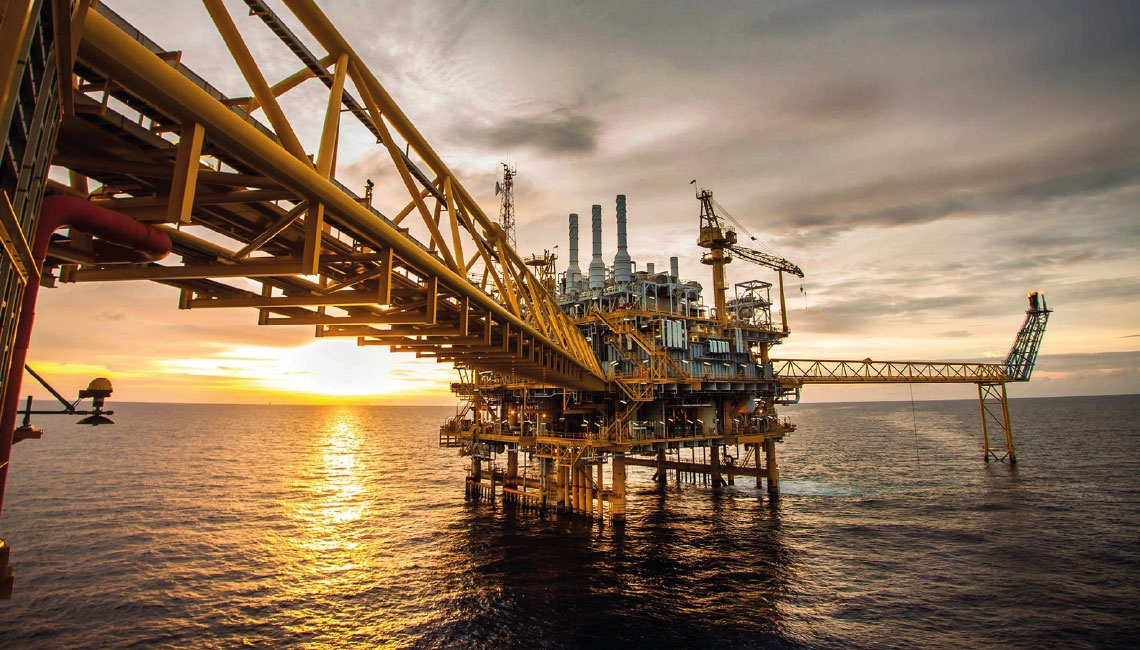· 5 min read
The COVID-19 pandemic has brought havoc in the energy markets. Oil prices turned negative, one third of global oil demand got erased between April and May, and as a result oil & gas operators had to revise their project pipelines. Cancellations, delays and farm outs were observed by most oil companies. But what really drives companies to move projects from pre-FID to FID (Final investment decision)?
Every project - regardless of the industry - is exposed to a set different types of risk. A new manufacturing plant for example is exposed to cost inflation risks, schedule risks and performance risks. In the world of oil & gas however there are industry specific types of risk that a project will need to overcome prior passing the FID gate. In summary these are:
- Technical
- Financing
- Market
- Portfolio
- ESG (Environmental Social and Governance)
Most of these risk dimensions, if not all, need to be overcome for an oil & gas project to move from concept and feasibility to reality.
One may argue that in an era of low oil prices it doesn’t really matter. All projects are at risk and the above mentioned risk dimensions are meaningless. Well if that was the case, all the oil & gas projects would be deferred or cancelled this year. And that has clearly not been the case.
What really drives oil & gas projects sanctioning?
Low commodity prices have a similar effect for every oil & gas company. The common point is that low prices lower the value of the project and ultimately the operator’s profitability from it. But the oil prices won’t stay low forever as history has shown. Therefore, companies plan accordingly on what projects will move forward at this price environment but also looking forward to the future. This is done by looking at the above mentioned risk types for each projects.
Below we summarize how each risk dimensions weighs on project decisions and we provide some examples of recent projects where these were satisfied:
- Technical: This type of risk relates to the technical complexities related with the project. These may vary from the hydrocarbon content to location remoteness or reservoir quality. An example of a high technical risk project was the Hail & Ghasha sour gas field offshore UAE. The sulfur content is very high in the gas reservoir and it requires specific equipment to handle, transport and process this type of gas. As per the operator’s announcement this project will be delayed having not passed the technical risk gate
- Financing: This type of risk does not apply to every company. Oil & gas majors and some of the national oil companies are likely to be able to finance most of their pre-FID portfolio through their balance sheets. Smaller companies however rely to external financing from institutional investors to be able to move forward with their projects. Sea Lion oil project off the coast of Falklands Islands has recently announced as deferred by operator Premier Oil. Securing external financing for a challenging project in a frontier, from the oil & gas perspective, environment has proved to be difficult leading to the deferral of the project
- Market: While the oil market is a very liquid market in the sense that there are many buyers for oil (refiners, governments, traders even oil companies) that is not the case for gas-yet. When a gas market exists in the vicinity of a potential gas project that driver is key to move the project past the FID gate. Shell has moved forward with its giant ($5.4 billion) Surat Gas project in the east coast of Australia despite the global weak market conditions. This is because the east coast of Australia is a market “hungry” for new gas due to domestic demand and LNG feedstock requirements. The volume offtake security clearly moved the needle for Shell in this project
- Portfolio: Oil companies tend to have a diversified portfolio of projects that spans different resource types and different geographies. However there is a clear direction among different companies on a what projects are prioritized. Chevron and Exxon for example have put a big bet on the onshore US and the Permian basin while Shell and Total show a strong preference in gas projects. It is reasonable to think that operators will try to go with what they are best at and fit most their portfolio, especially in times of low prices
- ESG: An increasing area of focus among energy companies. Shareholders are pushing for “greener” projects while oil companies work to improve their social license to operate. Most oil majors for example have walked out of the Canadian oil sands as this type of resource is among the highest greenhouse gas emitting. Projects in environmental sensitive locations like the Arctic are likely to fall lower in the companies preferences while new energies and renewables are slowly gaining their share in oil & gas companies portfolio
Conclusions and Lessons Learned
These criteria are the most common among oil & gas companies. Other criteria may include political influence or national energy security especially when it comes to national oil companies. In a more stable price environment these criteria have increased importance.
Achieving the right balance of risk among operator’s portfolio is crucial and has become more important after the oil price crash of 2015. This year has been an alarm for operators to re-think, re-evaluate and potentially even re-shape their portfolios to ensure the right balance between risk, growth and shareholders returns
Energy Voices is a democratic space presenting the thoughts and opinions of leading Energy & Sustainability writers, their opinions do not necessarily represent those of illuminem.






